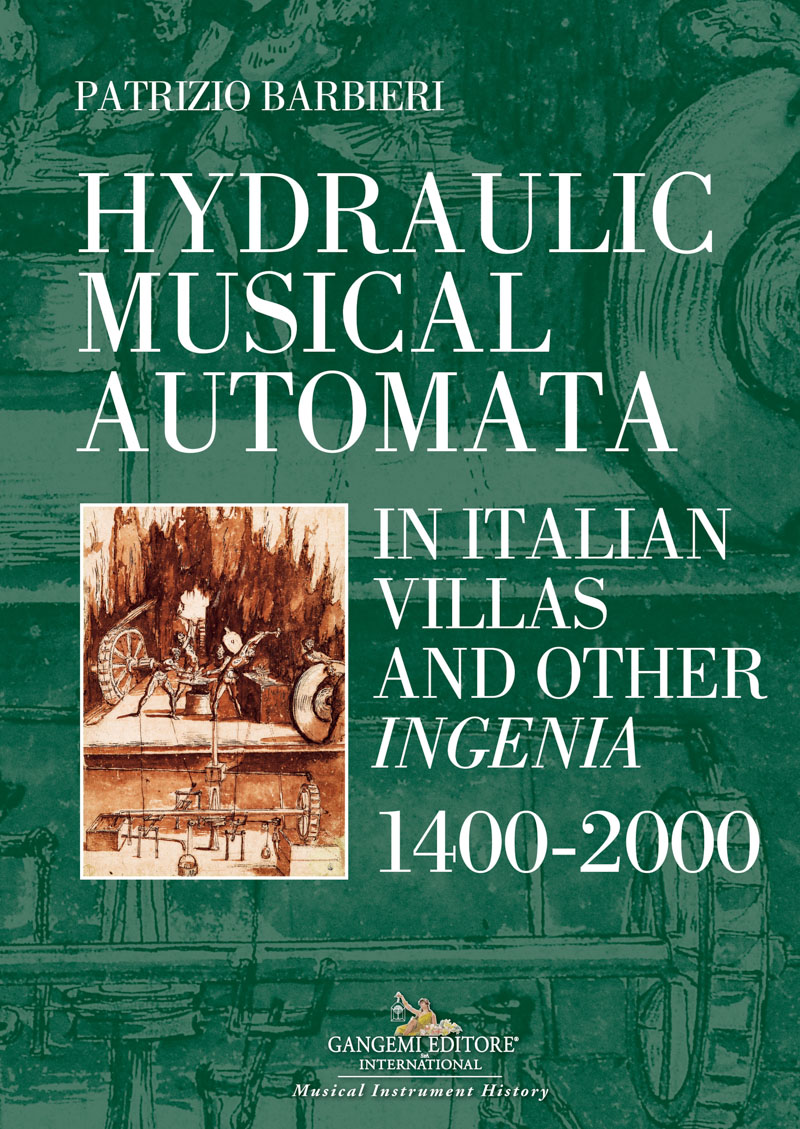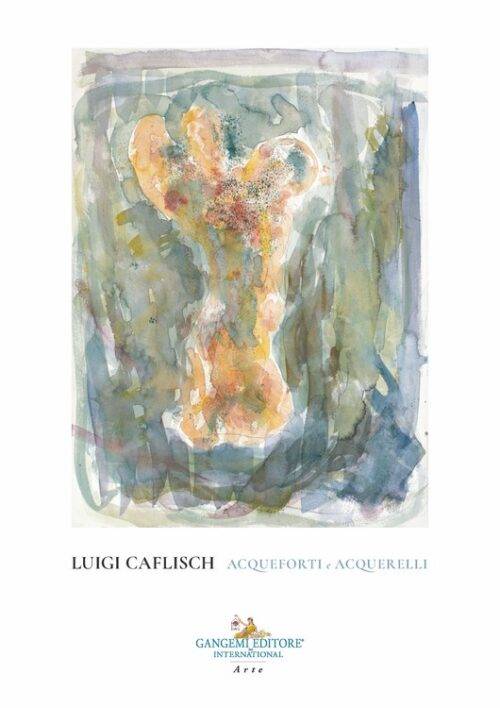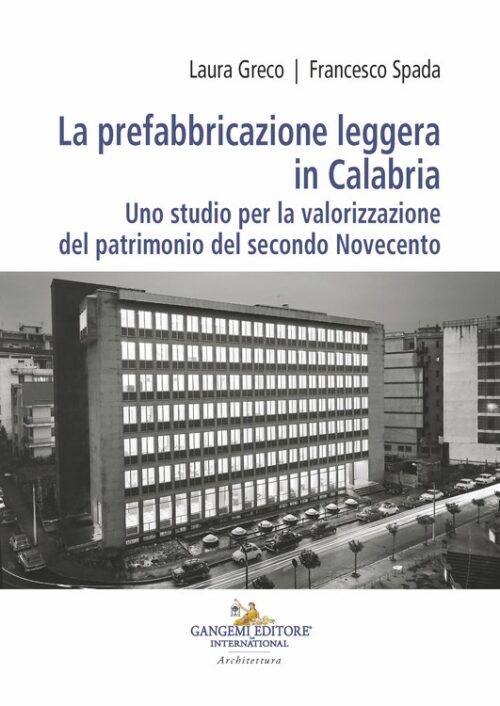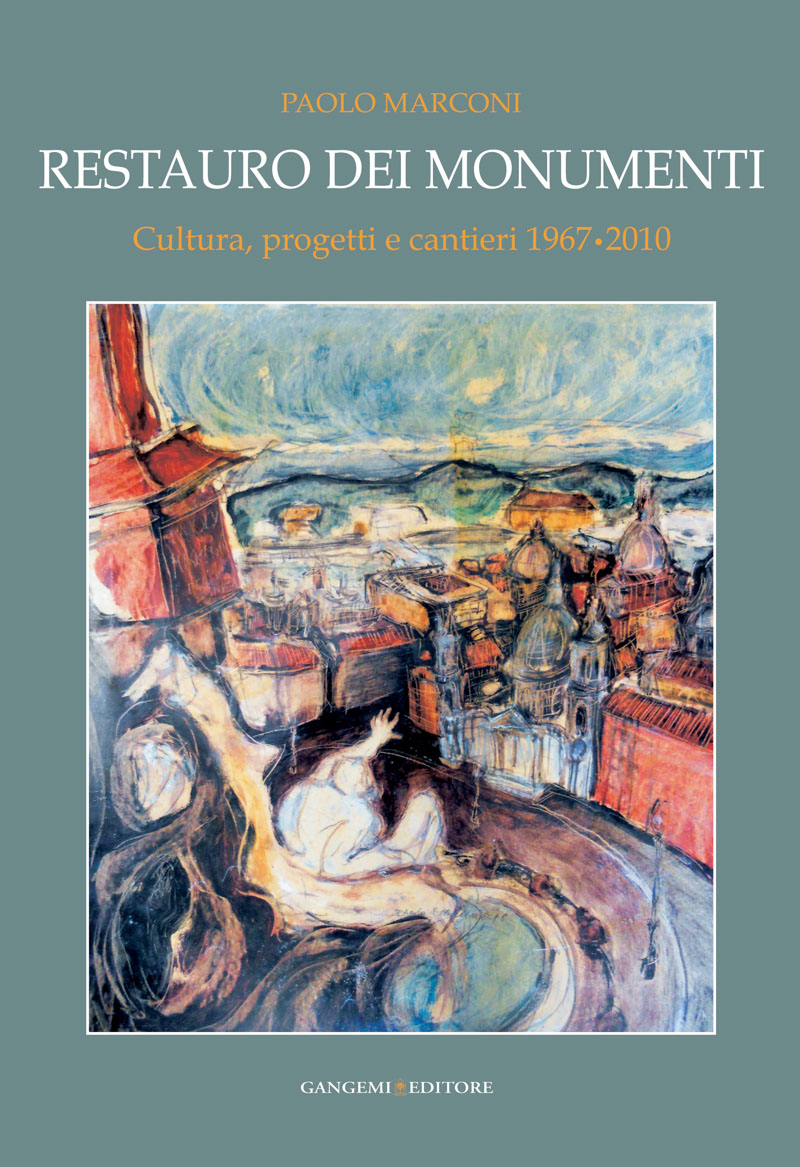
50,00 €
Potrebbero interessarti anche
-

LUIGI CAFLISCH – Acqueforti e acquerelli
A cura di: Dalmazio Ambrosioni
Autori: Caflisch Luigi
Hydraulic Musical Automata in Italian Villas and Other Ingenia
1400-2000
Autori: Barbieri Patrizio
Full English text
Formato: 17 x 24 cm
Legatura: Cartonato
Pagine: 544
Anno edizione: 2019
ISBN: 9788849238136
EAN: 9788849238136
UB. INT. : T435f V15c V43b V42a V04d
Contenuto
Collana IL GENIO DELLE ARTI: storie e interpretazioni, diretta da Marcello Fagiolo
In the past few years, a considerable re-awakening of interest has been noted in the hydraulic musical automata which, from the Late Renaissance onwards, were installed in the gardens of several noble families, first in Italy and subsequently in other European countries. The present volume aims at documenting the development of such automata, together with other kinds of ingenia, in Italy, setting them in their European context and investigating both mechanisms and their symbolism. The volume may be deemed ideally divided into two parts. The first, comprising ten chapters, deals with water organs (including the musical compositions with which they were provided) and several automata of Heronian design, such as the Fountain of the Owl, the androids of the Farnese court, the hydraulic imitation of the explosion of the Catherine Wheel, and the one illustrating the myth of Faun and the nymph Echo. The various systems for producing the pressurised air needed for their operation are also analysed from a technical and scientific point of view, and we shall see that shortly afterwards they were also adopted in industry, for forges and melting furnaces. The seven last chapters of the volume, on the other hand, deal with ingenia of various kinds which, unlike the water organs, were not always hydraulically activated or had programmable functions. This is the case of fountains and statues provided with curious acoustic effects, as well as sounding automatisms activated by thermal energy (such as, for example, sunlight), or by counter-weights. To these are added those that once figured in the Roman museum of Athanasius Kircher, those constructed for the Imperial Court of Peking (including an ingenious harpsichord-organ-viol invented by Kircher), several reconstructions of Vulcan’s forge and the creation of various sounding monsters, once very fashionable. The volume closes with Michele Todini’s famous “Galleria armonica” and with a special type of hydraulis made in Naples in the Late Renaissance.
PATRIZIO BARBIERI has taught musical acoustics at the University of Lecce and historical organs at the Gregorian University of Rome. He has also lectured at the Laboratorio di acustica musicale e architettonica of the Fondazione Scuola di San Giorgio – CNR in Venice. He has published three books and about 130 articles, and was awarded the 2008 Frances Densmore Prize by the American Musical Instrument Society for the best article in English on musical instruments published in 2006-7. In 1999-2003 he was also one of the two consultants involved in the reconstruction of the Villa d’Este water organ, at Tivoli.
Parole chiave
Condividi su












